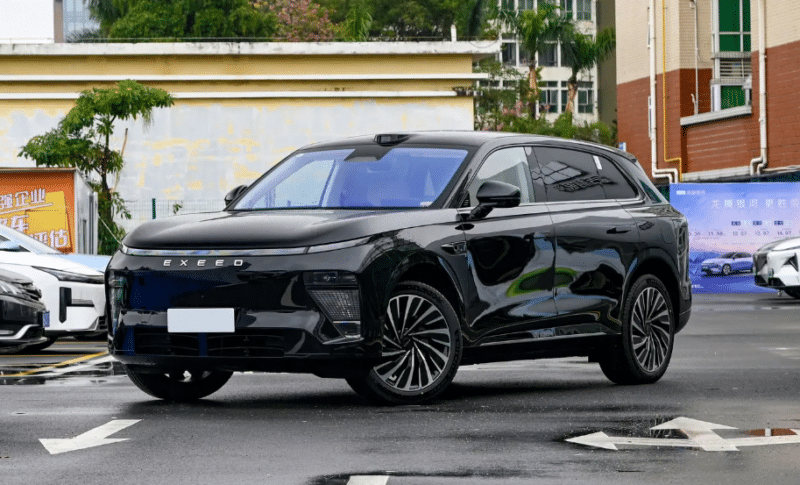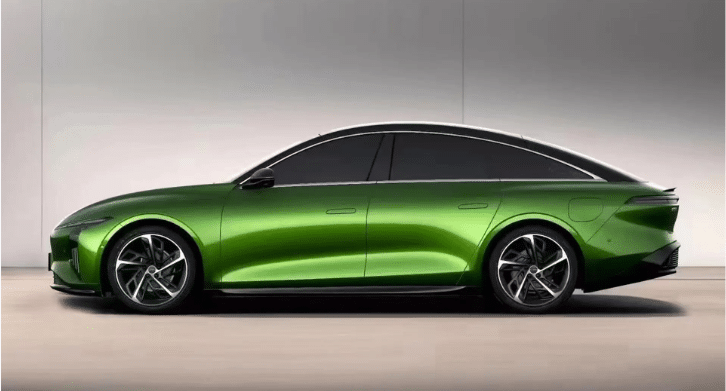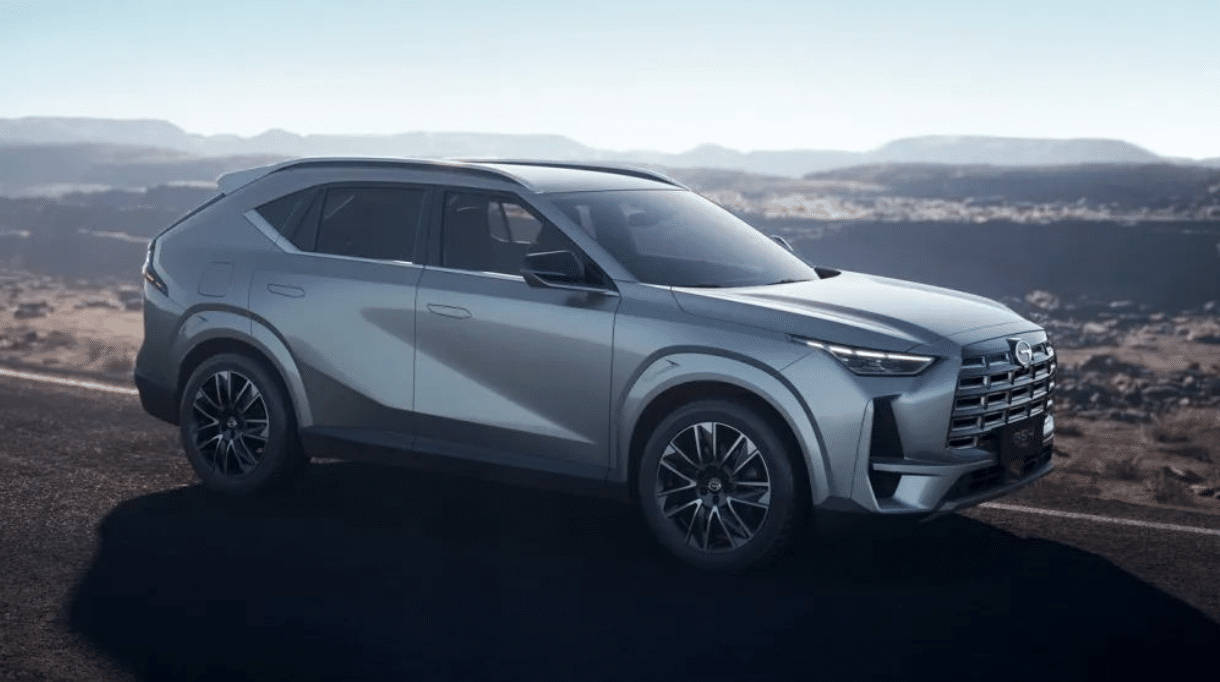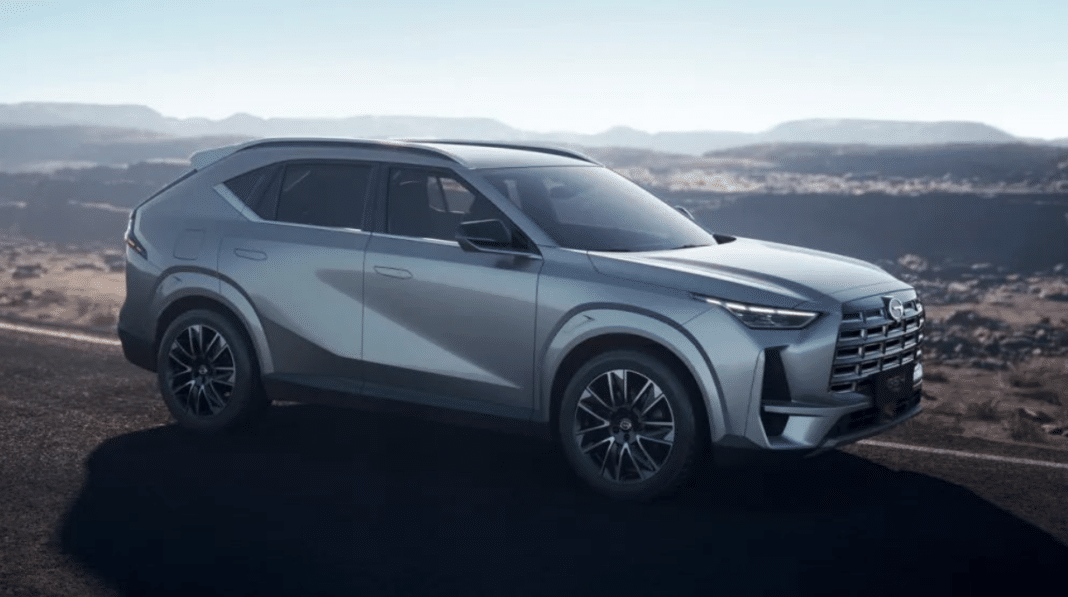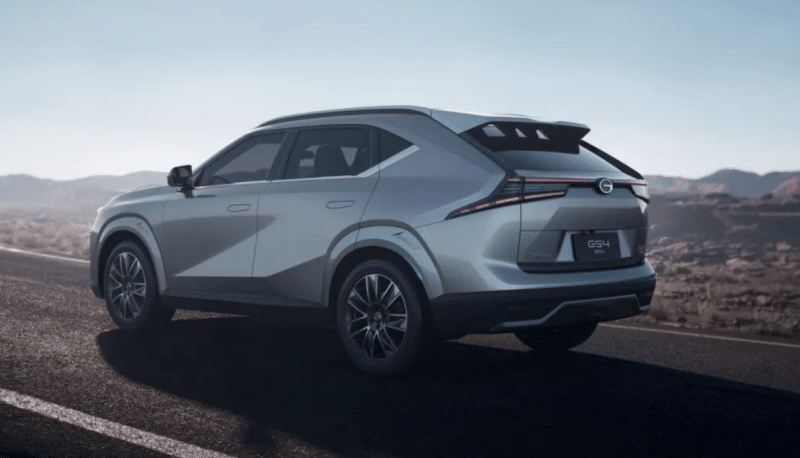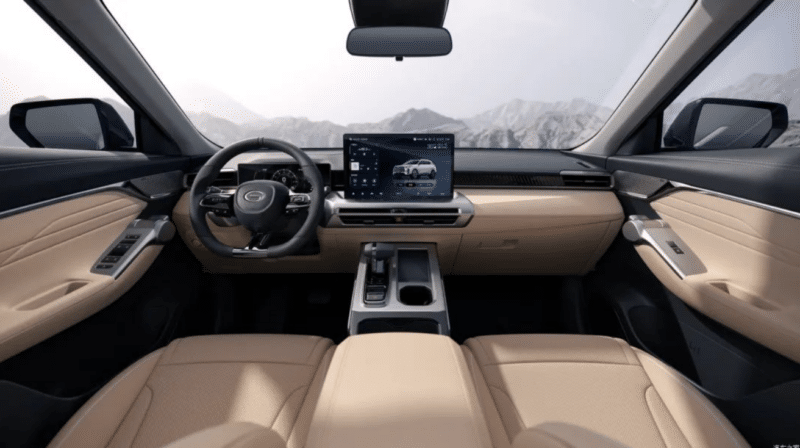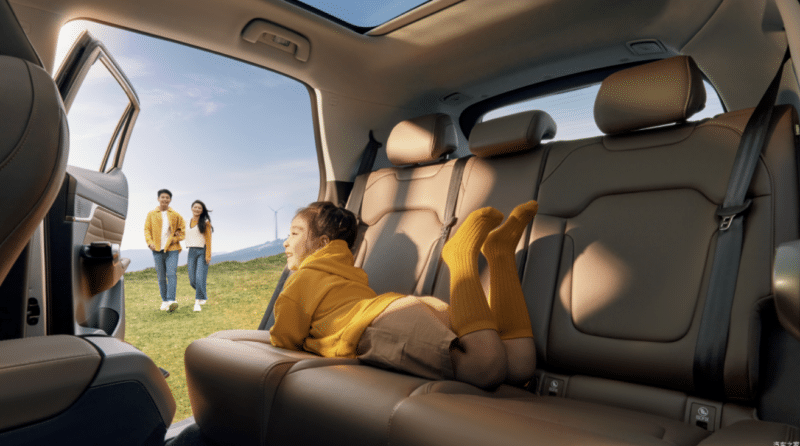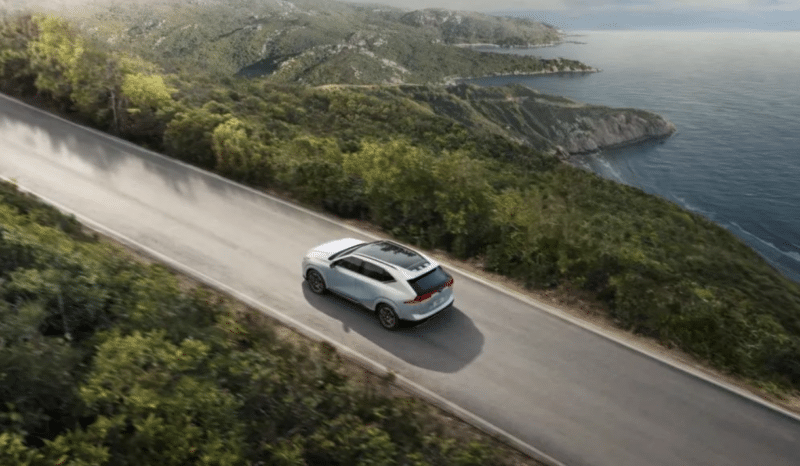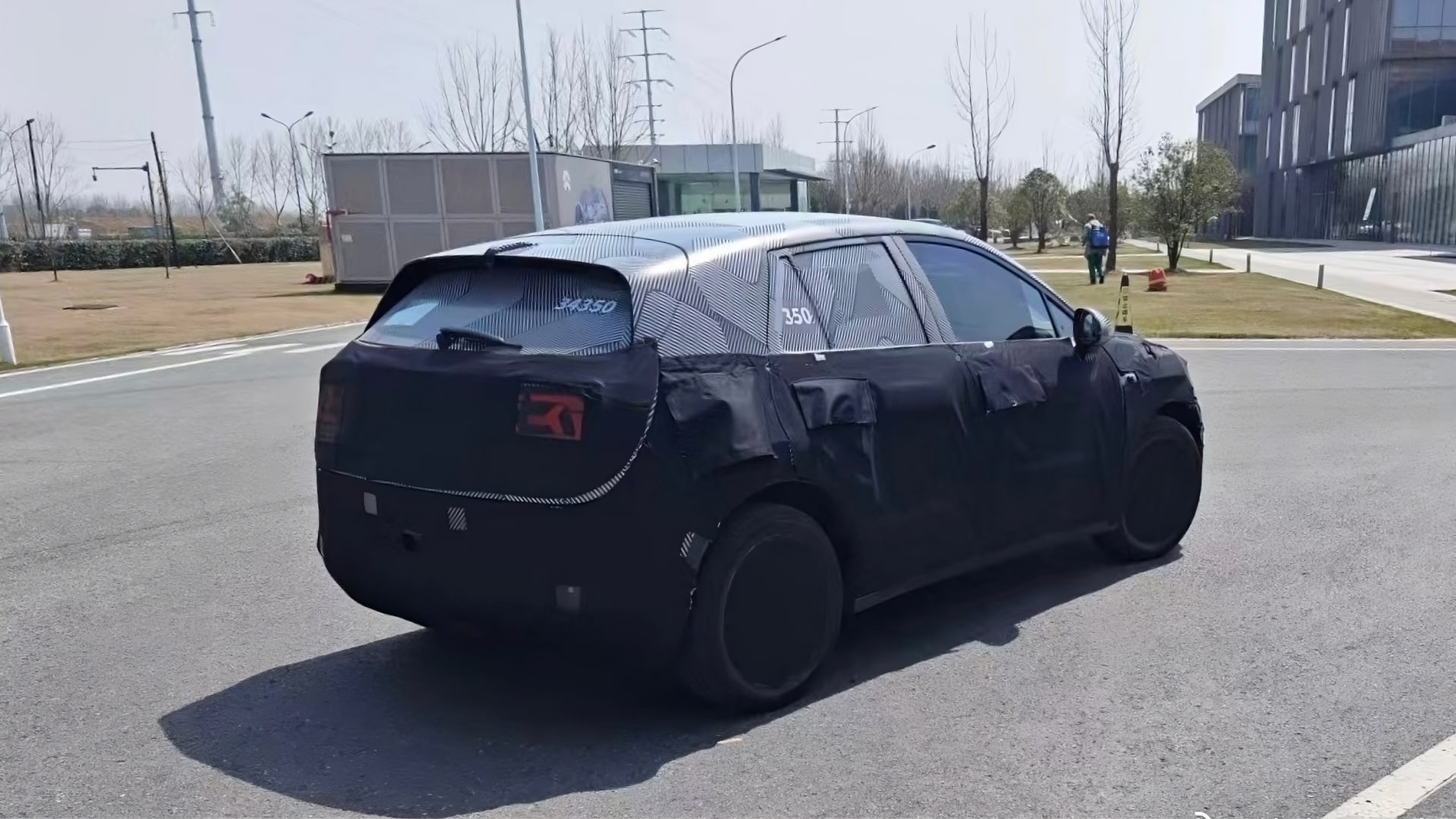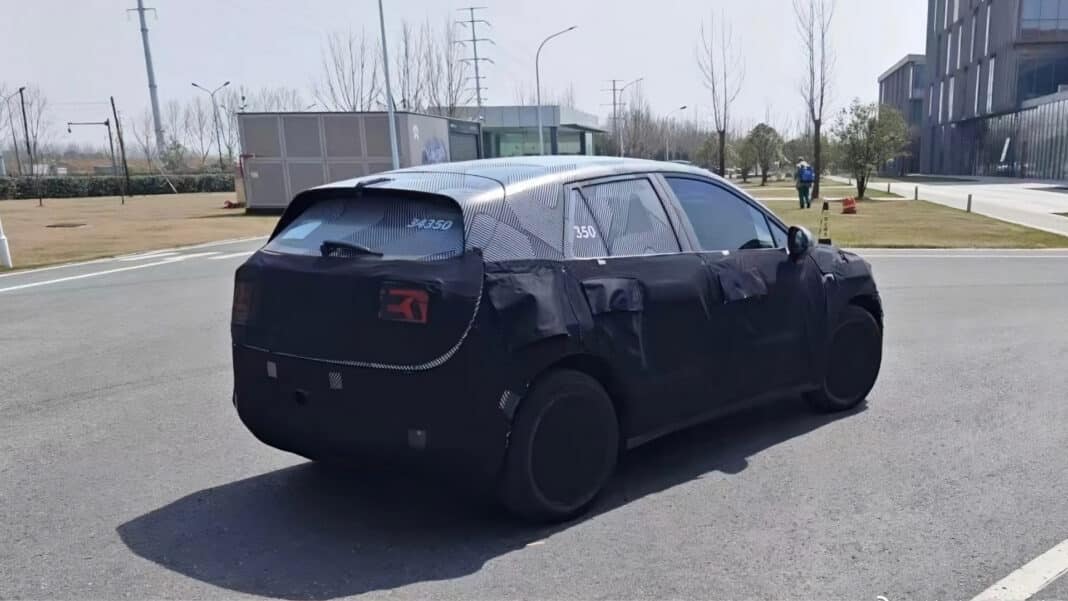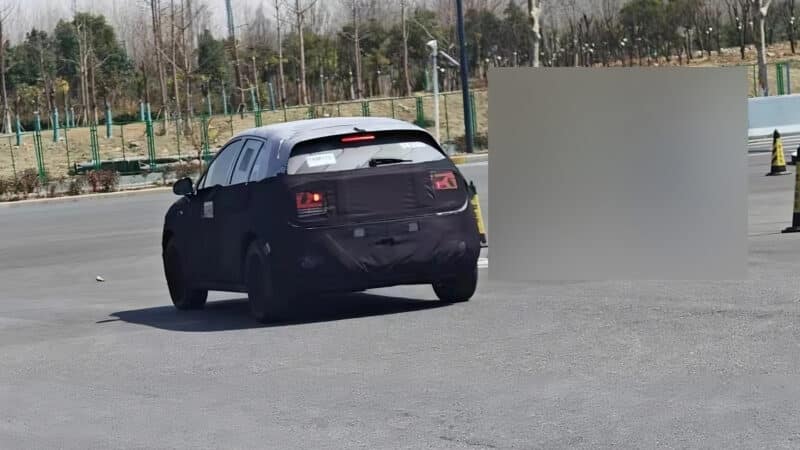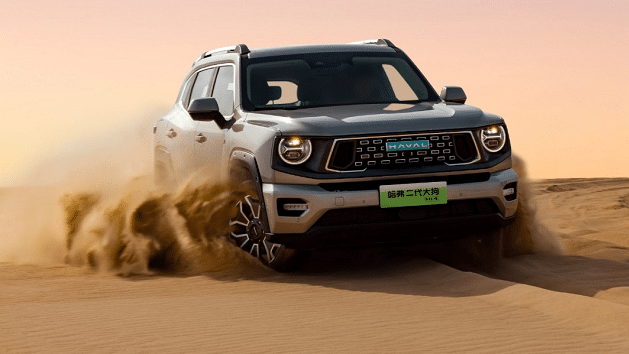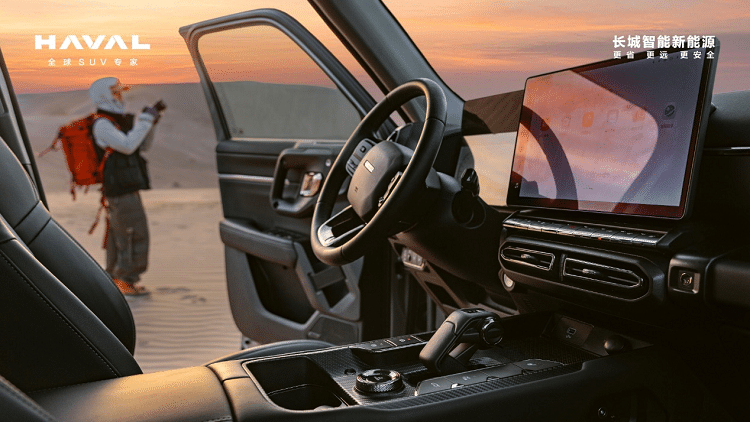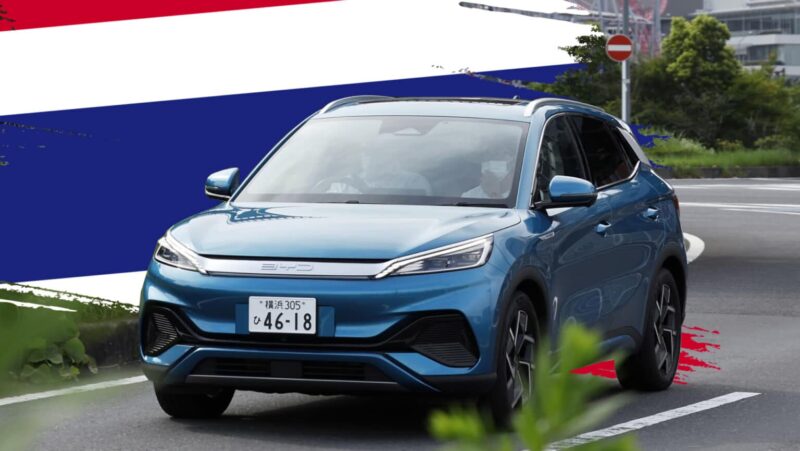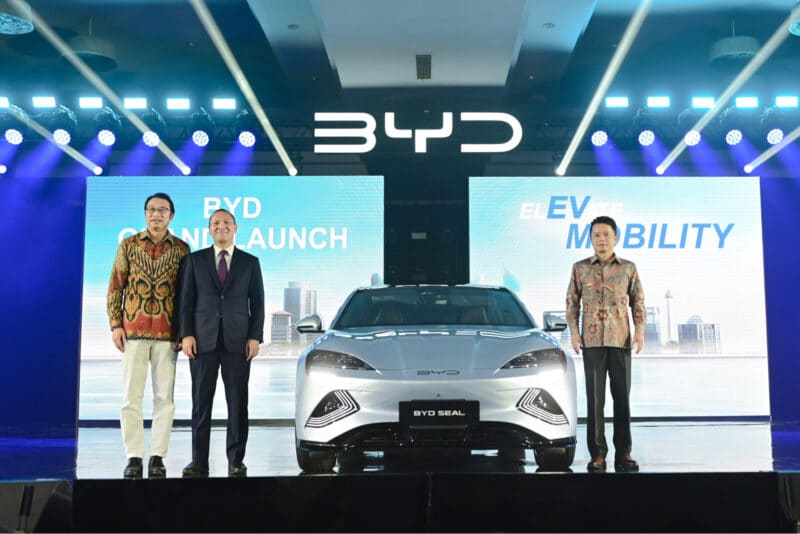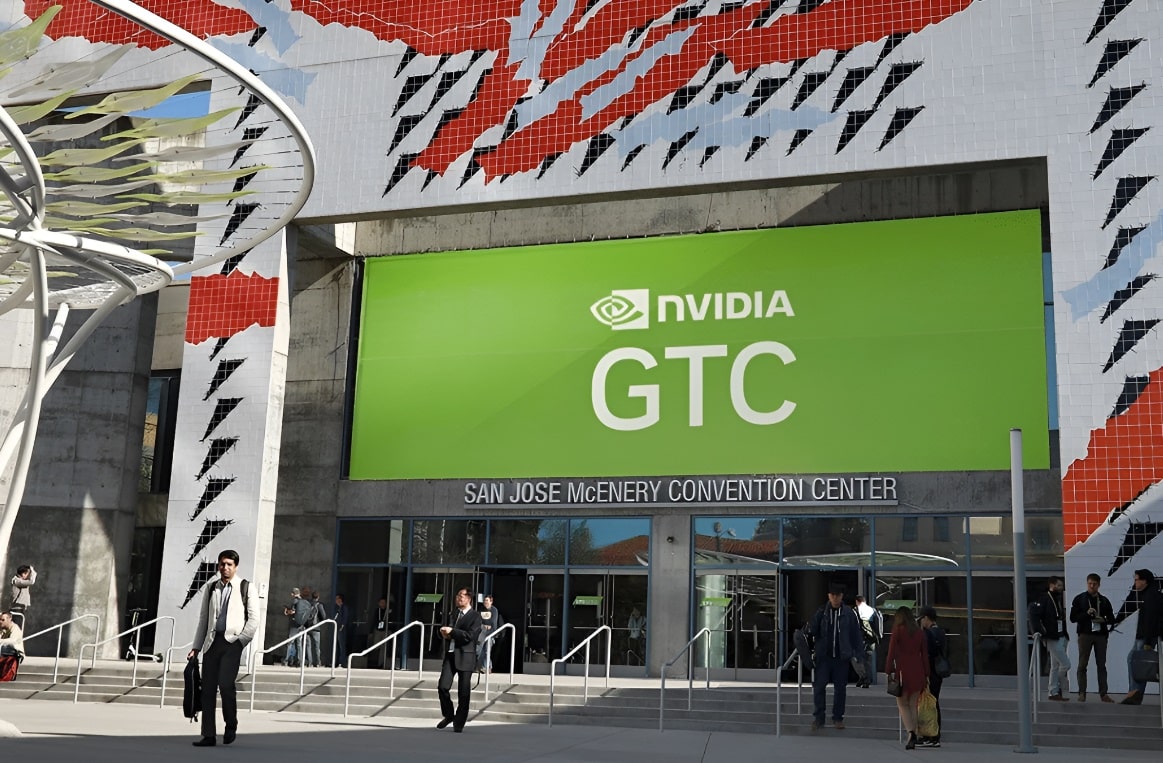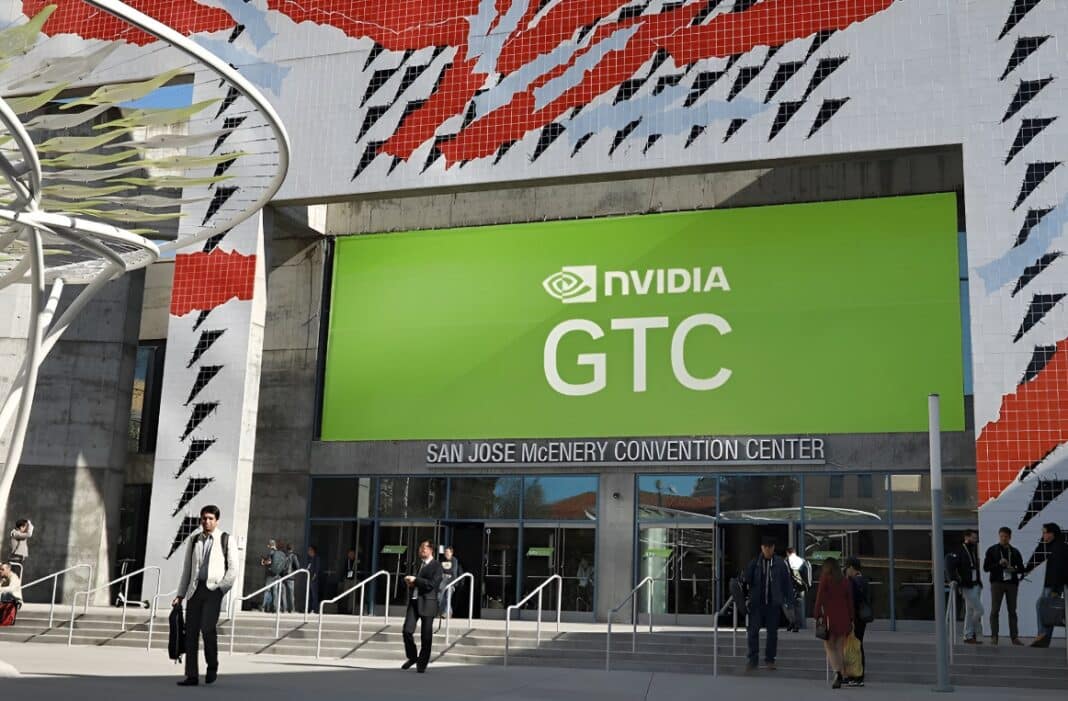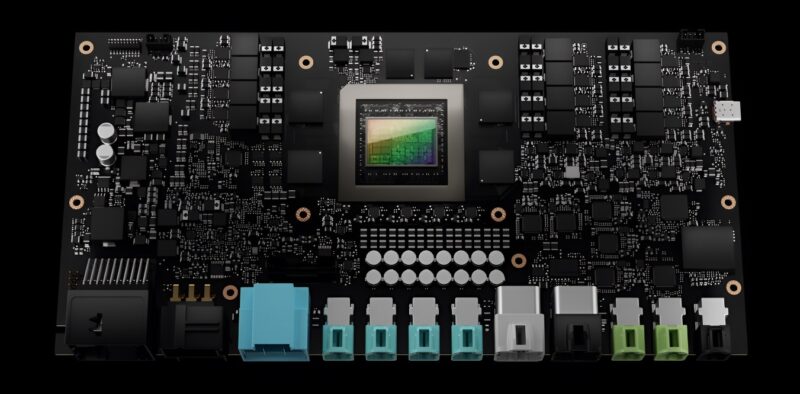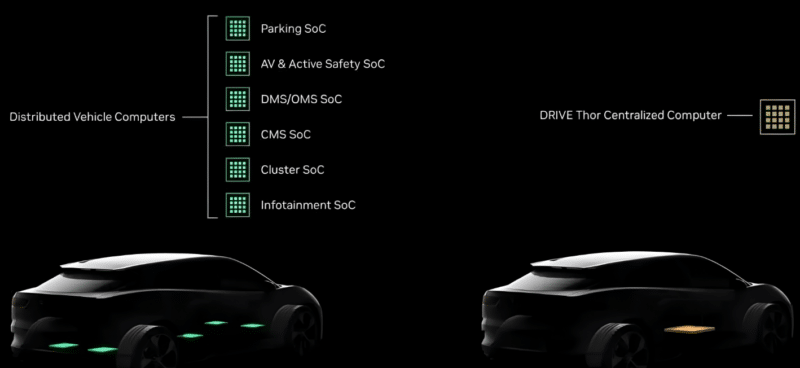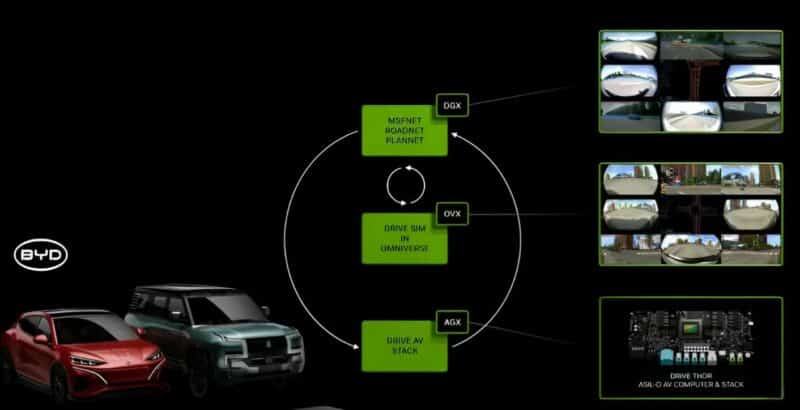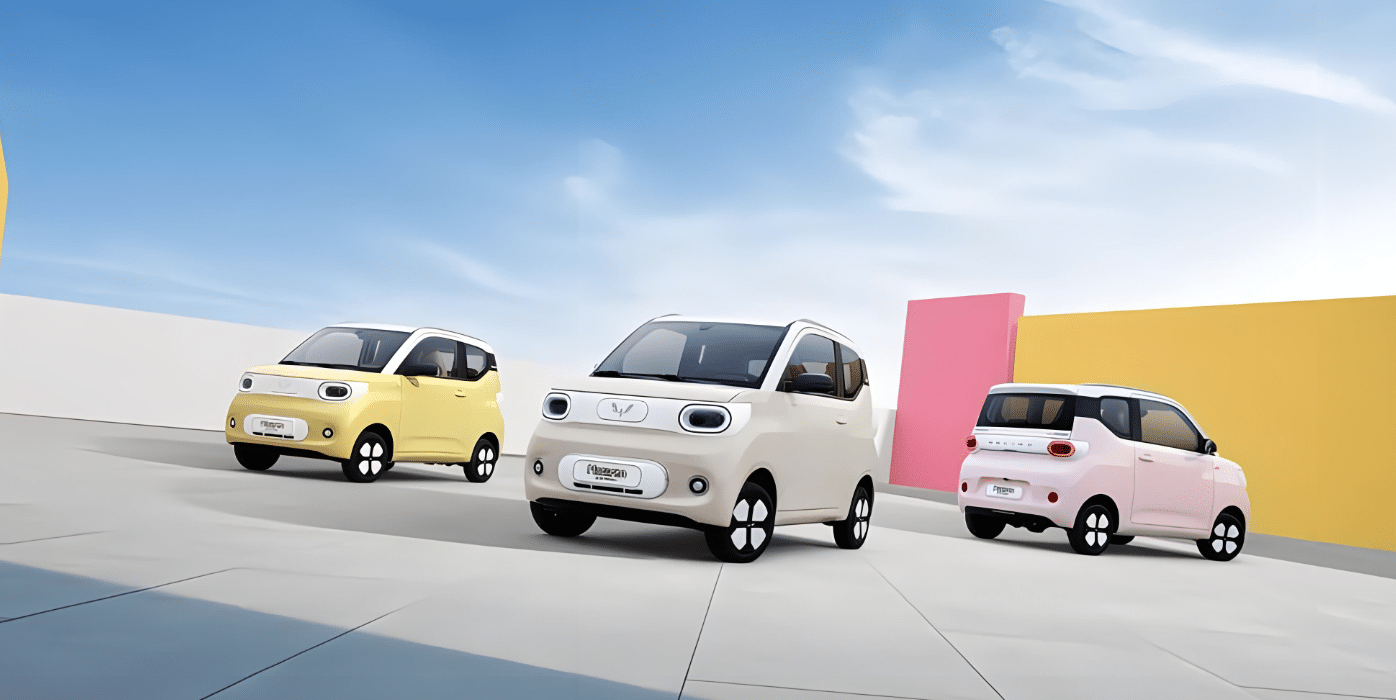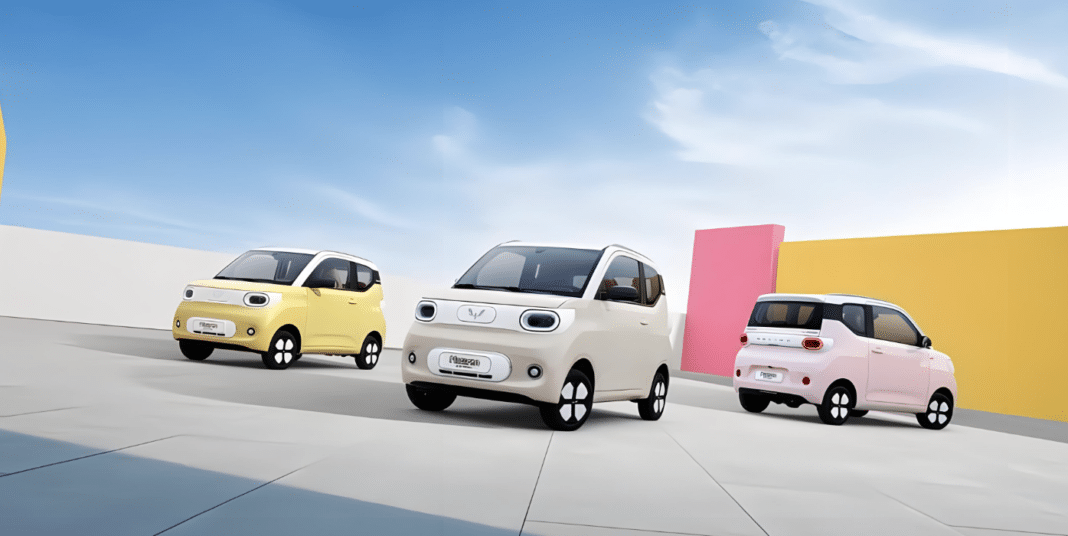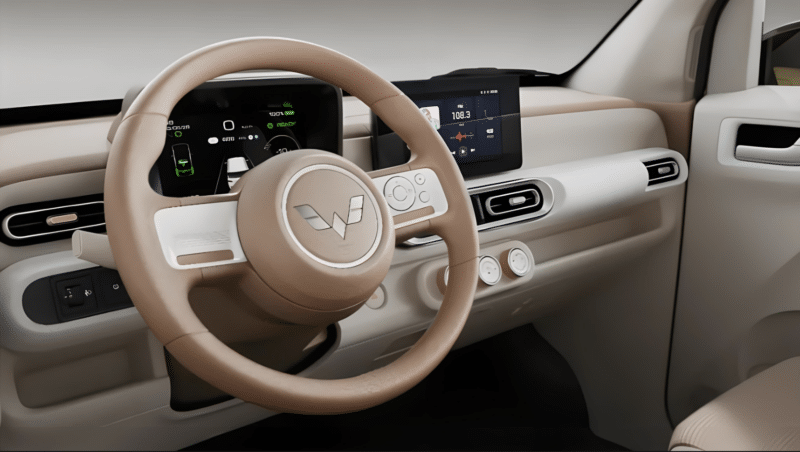Yommie
SpeedLimited
- Oct 2, 2013
- 64,174
- 37,188
- Country of Origin

- Country of Residence

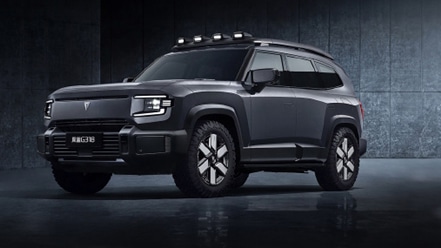
Deepal G318 debut
Deepal G318 hardcore off-road EREV debuted today in China. Sales are expected to begin soon on this extended range electric SUV.
 carnewschina.com
carnewschina.com
Deepal G318 debut
Reading Time: 4 minutes
Mark Andrews
March 18, 2024
Deepal G318 debut
News like this to your inbox or phone?
Weekly summary to your inbox
I want this
Never miss and important news
Get Instant notification once the news is published.
Follow Us
The Deepal G318 debuted today at the Deepal G318 Experience Day and Deepal Super Range Extension Technology Evolution Day event. Deepal’s third model the new car is a hard-core off roader using range extension EV technology.
If you’re wondering about the rather strange name G318 is the name of a national highway which runs from Shanghai to Zhangmu on the China-Nepal border. The sections through Sichuan Province and Tibet are known not only for their spectacular scenery but also often rough terrain. So the name G318 at least in China is actually quite a good name for such a vehicle, with the road having a somewhat legendary image somewhat akin to Route 66 in the US.
A video from the launch event reinforces the image showing the Deepal G318 climbing a 60% slope and so it would seem it has at least some degree of performance to match the looks and name. It’s tough credentials arrive in the form of straight lines and rounded rectangles. The surround to the headlight cluster forms a letter C and the front grille is largely solid. Retracting door handles help with the aerodynamics but with a 0.35Cd figure it is quite old school. At the rear the car has a side opening trunk very much in line with serious off-roaders. There’s a choice of seven exterior colors and three interior hues.

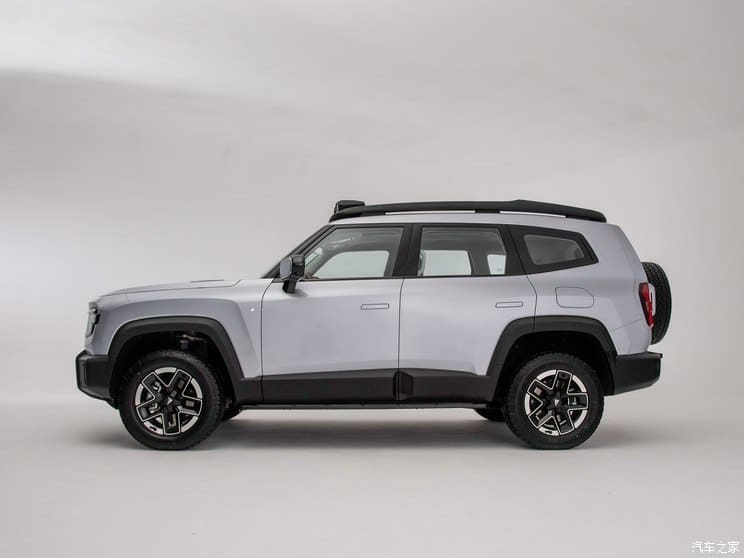
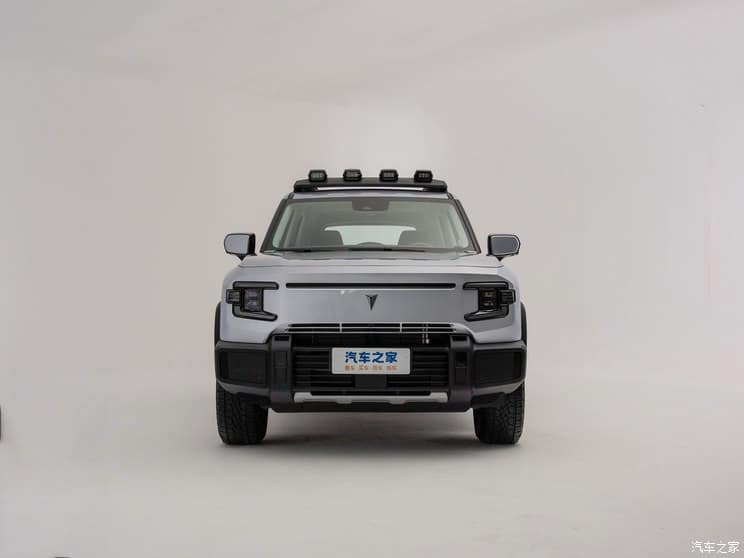
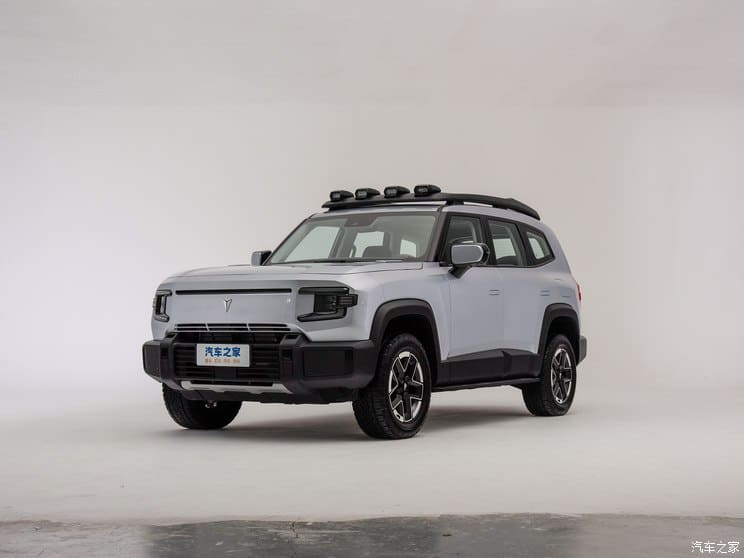
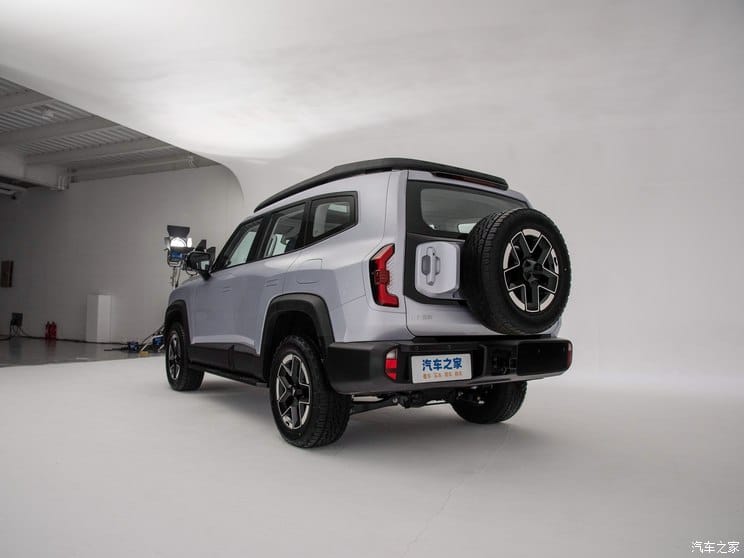
Pictures of the car show a roof mounted spotlight system which are a factory fitted option and can provide additional lighting when off-road or camping. Deepal also provides options such as luggage racks and spare wheels.
Deepal G318 features
How much off-road capability the car will actually have is difficult to currently ascertain. On the negative side the G318 does not use a non-load bearing (body on frame) structure unlike traditional hard-core off roaders. However the torsional rigidity of the car does reach 45,000 Nm/deg. In addition the G318 comes with an electric continuously variable differential lock and an electric differential lock on the rear axle. Along with five daily drive modes there are five off-road dedicated modes consisting of wading, snow, rough terrain, mud, and sand. For everyday use there are items such as magic carpet ride, air suspension and CDC chassis adjustment. Angle of approach is 27° while departure angle is 31°.
The G318 measure in at 5010/1985/1960 mm (l/w/h) including the roof rack and spare wheel, and the wheelbase is 2880mm. Inside there is 818 liters of luggage space with the seats up and 1747 liters with them down. Towing capacity using the optional tow hook is 1600 kg. Maximum power discharge for external use is 6 kW.

An extended range EV the G318 uses a 1.5T engine with 110 kW to produce additional electrical power. Single motor versions get a 185 kW motor on the rear axle and all-wheel drive versions add an 131 kW motor to the front. Acceleration for the dual motor version is 6.3 seconds 0-100 km/h. Curb weight for the top spec car is 2360 kg.
The G318 uses cell-to-pack and cell-to-vehicle technology with it’s Golden Bell 2.0 battery system. The advantages of these systems are that it decreases the volume needed and increases torsional rigidity. Pure electric range is 190 km (CLTC) or 155 km (WLTC), most likely for the single motor version.
Official sales should start in the second quarter with prices expected to be around 300,000 yuan (41,700 USD).
Deepal is a new energy vehicle brand from Changan. The G318 will be the brand’s third model and the brand is currently sold in both China and Thailand. Deepal aims to sell 450,000 cars worldwide this year, which would be quite an achievement from only three models.
Sources: Autohome, Fast Technology


